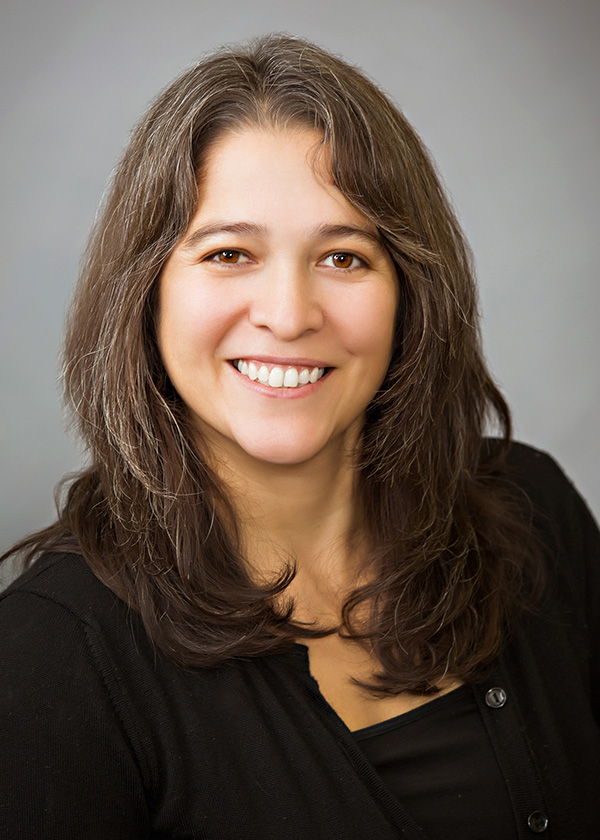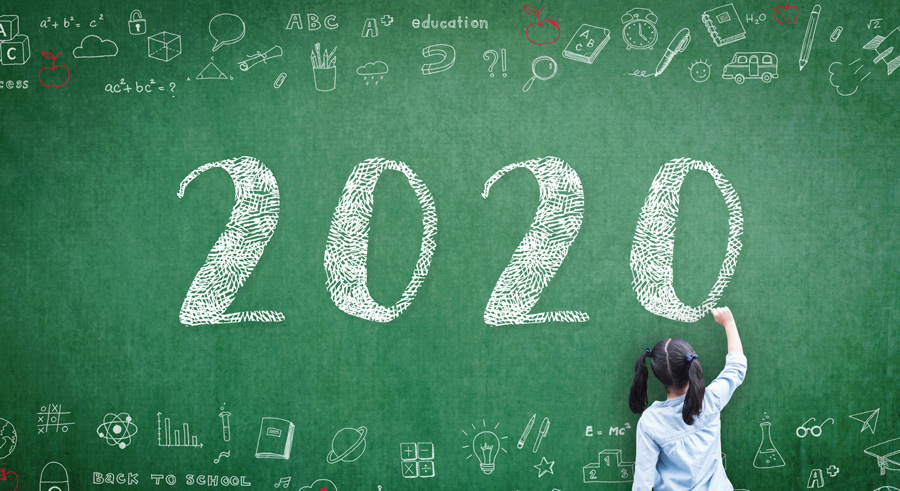

Amid the talk of budget cuts, social distancing and the enormity of the task ahead — we have a profound responsibility to California’s more than 6 million students. That obligation requires that we explore how the unplanned switch to distance instruction will impact student learning and academic progress, particularly for underserved students. Every discussion around academic practice and school reopening should consider these questions: How can we help students, particularly those who are disadvantaged, begin to mitigate longstanding opportunity and achievement gaps — gaps that are being exacerbated by school closures? One model I look to that is near and dear to my education passion and philosophy is instruction designed for Students with Interrupted Formal Education (SIFE). These students are typically newcomers to the U.S., often fleeing from violence and other untenable situations in their home countries, who have experienced educational disruption.
With the interruption in regular schooling and trauma associated with moving to distance learning and isolation, we are now faced with a whole state of school-aged children who are SIFEs to some degree. Although the level of trauma and learning loss of our California students pales in comparison to that endured by refugee and asylee children, there are clear lessons and best practices to be learned from the way these children are taught and the inclusion of addressing their social-emotional needs.
One of the trademarks of teaching SIFEs is the need to be flexible with the level and method of instructional delivery. Teachers of SIFEs really get to know their students and the issues that led them to a gap in education. While we know what has led to our current situation, it is important for educators to consider each student as an individual who faced different challenges when schools were abruptly closed. These differences have implications for the varying support services students might need.
For further insights on what works best to address periods of learning loss, I spoke to Nicole Knight, who heads the English Language Learner and Multilingual Achievement Department at Oakland Unified School District. She said that first and foremost, students should be exposed to a rigorous curriculum that meets them where they are. For example, she said some high school English learners read a graphic novel depiction of Shakespeare’s Romeo and Juliet with snippets of the Bard’s language, but the critical-thinking questions around the subject remain the same. “Texts and other subjects can be adjusted to the student’s level of readiness, but the important part is that they are still engaged in critical thinking,” she said.
Nicole also said now is the time to look at how schools are being restructured for a return and how to prioritize small group and in-person instruction for your most vulnerable students — those who were already at a disadvantage prior to closures. It is also important to think about how you are using your teachers. If not all teachers are physically present in front of students, the most qualified and expert educators should be teaching the most vulnerable students.
Of course, academics are only part of the picture and we must support our student’s social-emotional and mental health in order for them to be ready to learn at all. Training teachers and other school staff on the ways that children process trauma — the ways it can affect a developing brain — is integral to connect with and understand students. Educators should have strategies in place for how to respond to these challenging student situations.
In Oakland USD, each school has a team that checks in with students about their non-academic needs on a regular basis. If a teacher or other school personnel refer the student specifically, the school site team helps to problem-solve the issue and coordinates needed supports for the student. Most of these supports are fulfilled through community partnerships. And that is what it takes most of the time — the help and support of the school and its community to address the needs of the whole child and ensure students are ready to learn.
While we advocate for the funding necessary to reopen schools safely, we must move ahead with a plan for what we can do to continue serving students optimally and equitably. I know this is an overwhelming time for all of us, and the enormity of reopening schools is daunting, but we must keep students at the heart of our work and center the most vulnerable students.